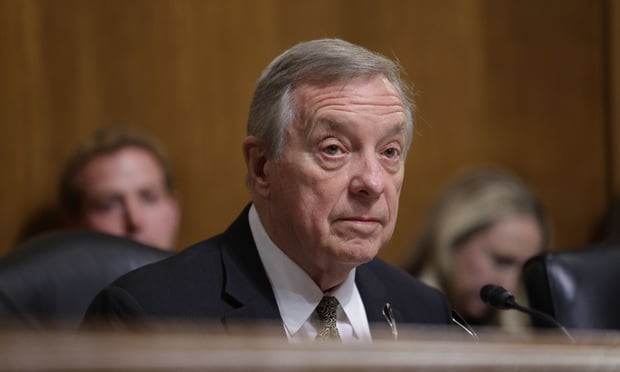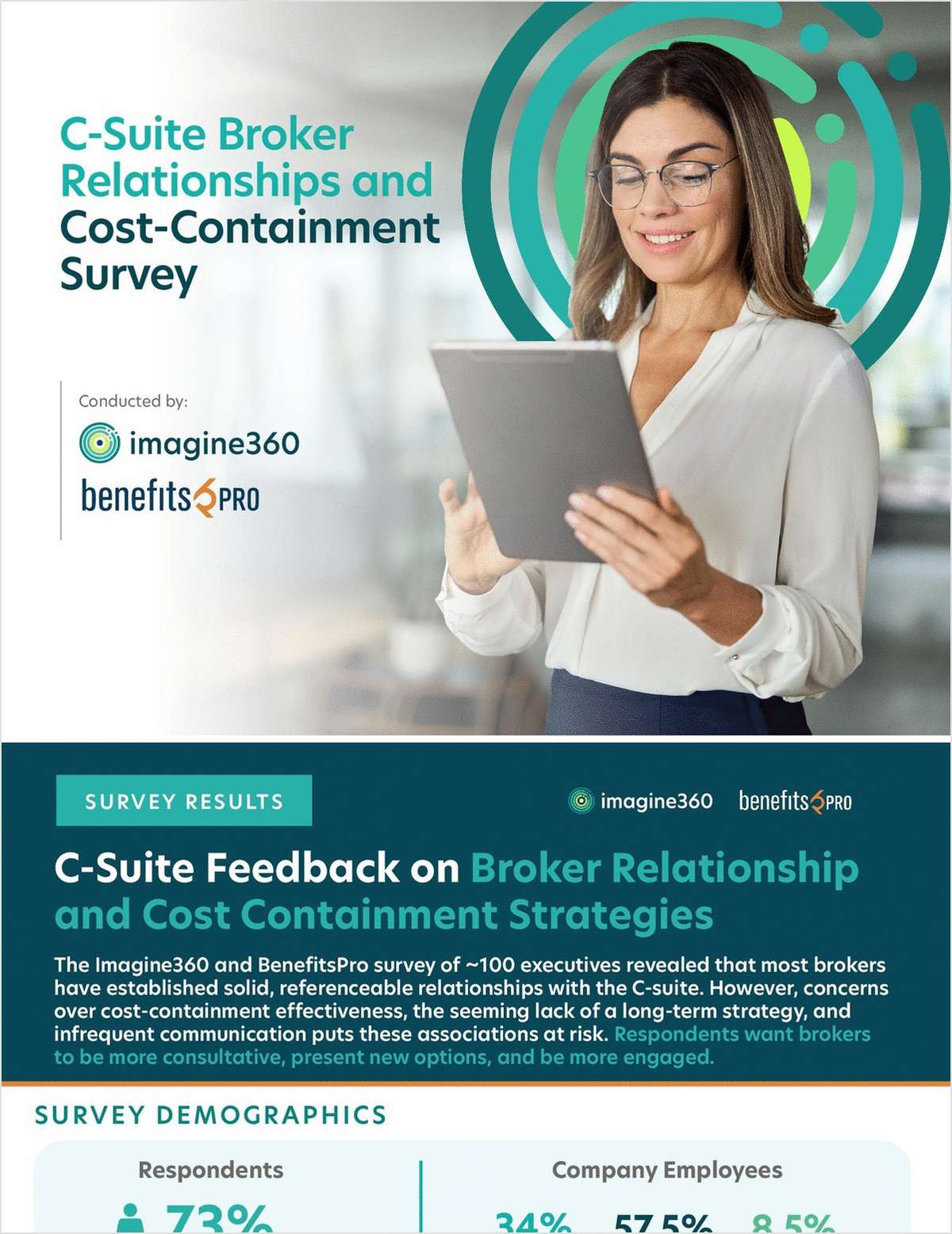On December 18, Congress gave employers and insurers an early Christmas present when, as part of an Omnibus Spending Bill, they amended the Patient Protection and Affordable Care Act to include a two-year delay of the much-maligned excise tax, aka the "Cadillac tax."
As a result, employers don't have to worry about the possibility of a 40 percent excise tax on high-premium health insurance plans until 2020. That's great news and gives employers more time to work on their "glide paths" to reducing health premiums within their benefits programs.
But beyond giving employers more time, what does the delay really mean for employers and employees? Let's take a look at http://www.benefitspro.com/2015/12/18/whats-ahead-for-ppaca-in-2016 and how to look beyond the Cadillac Tax to pragmatic, long-term benefits goals.
Complete your profile to continue reading and get FREE access to BenefitsPRO, part of your ALM digital membership.
Your access to unlimited BenefitsPRO content isn’t changing.
Once you are an ALM digital member, you’ll receive:
- Critical BenefitsPRO information including cutting edge post-reform success strategies, access to educational webcasts and videos, resources from industry leaders, and informative Newsletters.
- Exclusive discounts on ALM, BenefitsPRO magazine and BenefitsPRO.com events
- Access to other award-winning ALM websites including ThinkAdvisor.com and Law.com
Already have an account? Sign In
© 2024 ALM Global, LLC, All Rights Reserved. Request academic re-use from www.copyright.com. All other uses, submit a request to [email protected]. For more information visit Asset & Logo Licensing.








